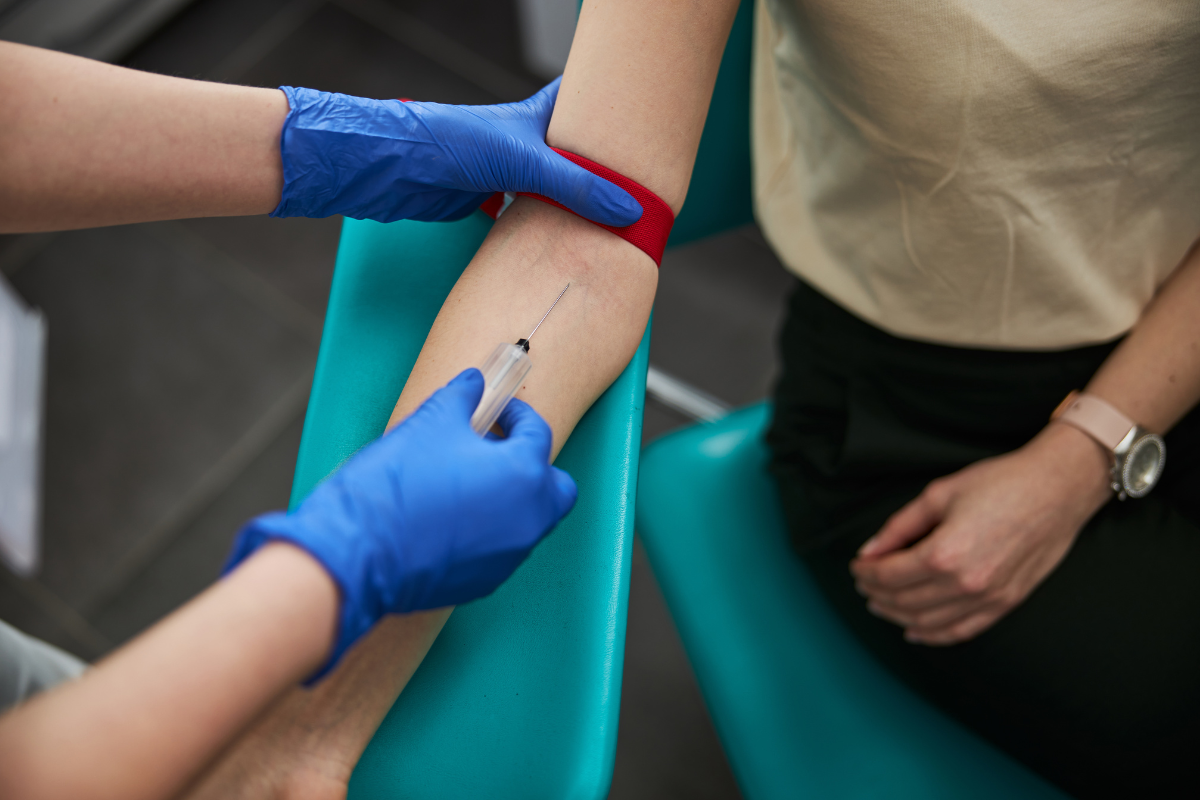The Applications of Biomarkers in Digital Pathology and Personalised Medicine

To be clinically relevant, biomarkers in digital pathology must be shown to be beneficial in therapies after they have been established as valid.
Technological advances have facilitated the development of digital pathology-based approaches for qualitative pathologic assessments.
The historical role of pathology in the drug development process could be augmented accordingly.
In the context of biomarkers in digital pathology, the parameters must meet the definition of a biomarker as an indicator of normal biological processes, pathogenic processes, or responses to an exposure or intervention.
Digital pathology is being actively developed accordingly to mitigate issues posed by the increased volume and complexity of histopathological workflows.
Many clinical workflows in oncology rely on predictive or prognostic molecular biomarkers, but the growing number of complex biomarkers – multidimensional health indicators observed together – ups the cost and time involved in decision-making.
Opportunities for Biomarkers in Digital Pathology
At present, molecular biomarkers in oncology workflows can be prognostic or predictive, allowing for an adjustment of treatment intensity accordingly.
As one example of an area of expansion for biomarkers in digital pathology, they can be applied to stage II colorectal cancer, where microsatellite instability (MSI) is a prognostic biomarker.
If MSI is detected, a lower treatment intensity of adjuvant chemotherapy can be used since the treatment prognosis for these patients is typically much better.
By contrast, predictive biomarkers enable a particular targeted treatment to be chosen for a specific patient group.
Similarly, in the context of breast cancer, the detection of HER2 positivity makes patients eligible for treatment with anti-HER2 agents, acting as a strong predictive biomarker in this disease.
Integration of biomarkers in digital pathology for these approaches would help considerably for biomarker identification and analysis, with automated pathology workflows able to facilitate the detection, grading, and subtyping of tumour tissue in histology images.
Future Applications and Predictions
Despite the numerous advantages of biomarkers in digital pathology, the approach is not the easiest to adopt into clinical practice.
It is necessary to prove whether diagnostic and classification algorithms using digital pathology are useful in clinical practices before they can be adopted.
In years to come, the traditional role of pathologists in delivering accurate diagnoses or assessing biomarkers for companion diagnostics may be enhanced in precision, reproducibility, and scale through AI-powered tools.
Get your weekly dose of industry news and announcements here, or head over to our Biomarkers portal to catch up with the latest advances in diagnostics. To learn more about our upcoming Precision Oncology Europe conference, visit our event website to download an agenda and register your interest.







